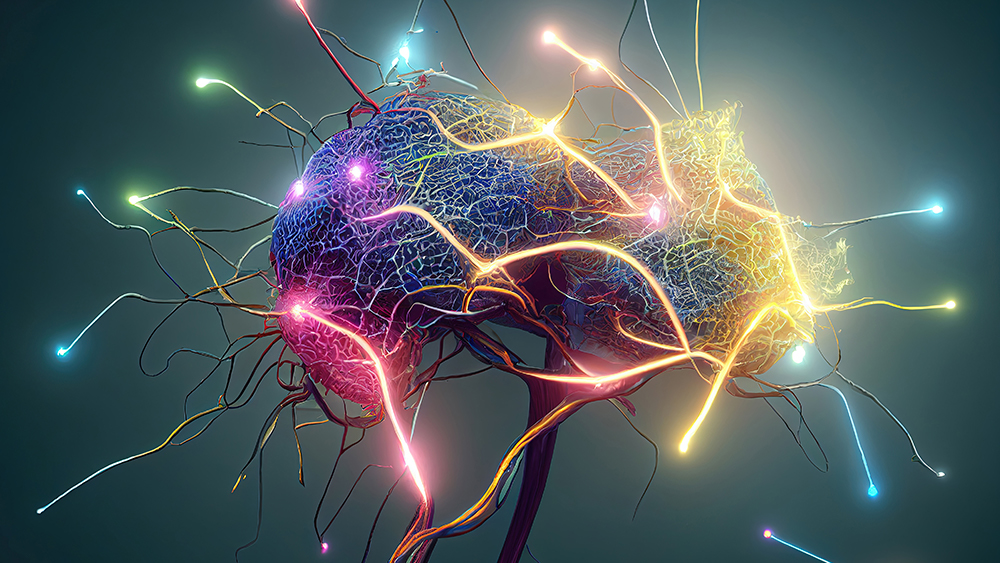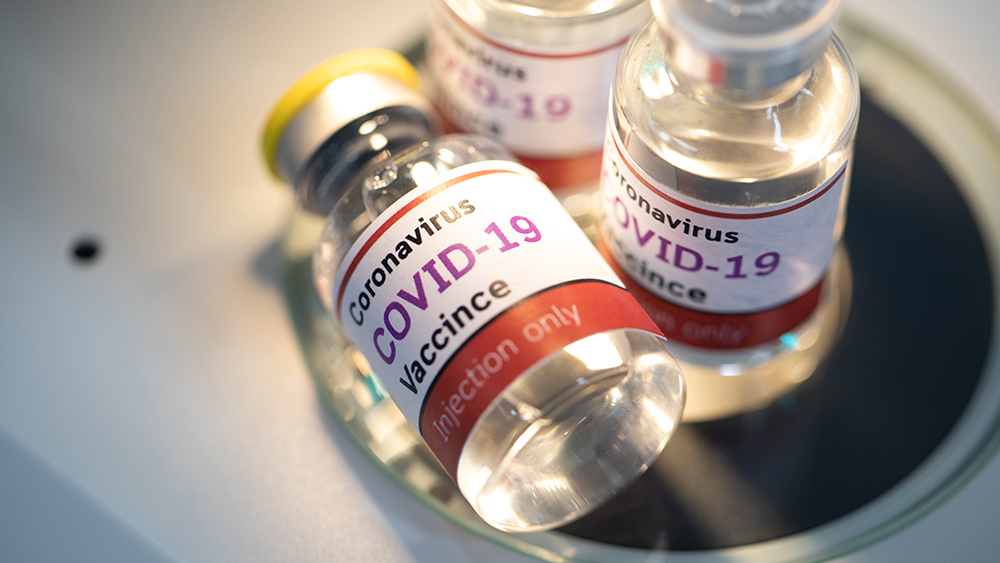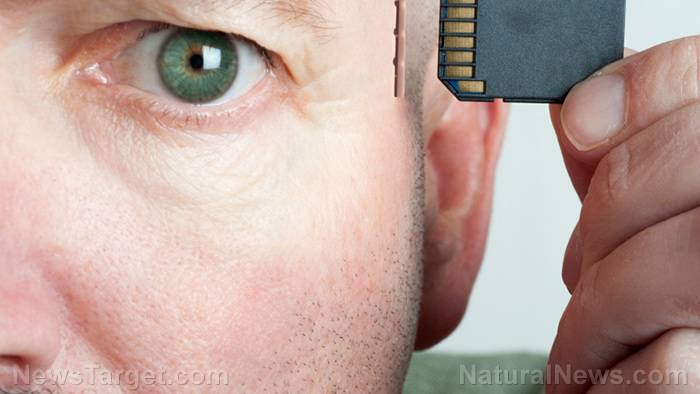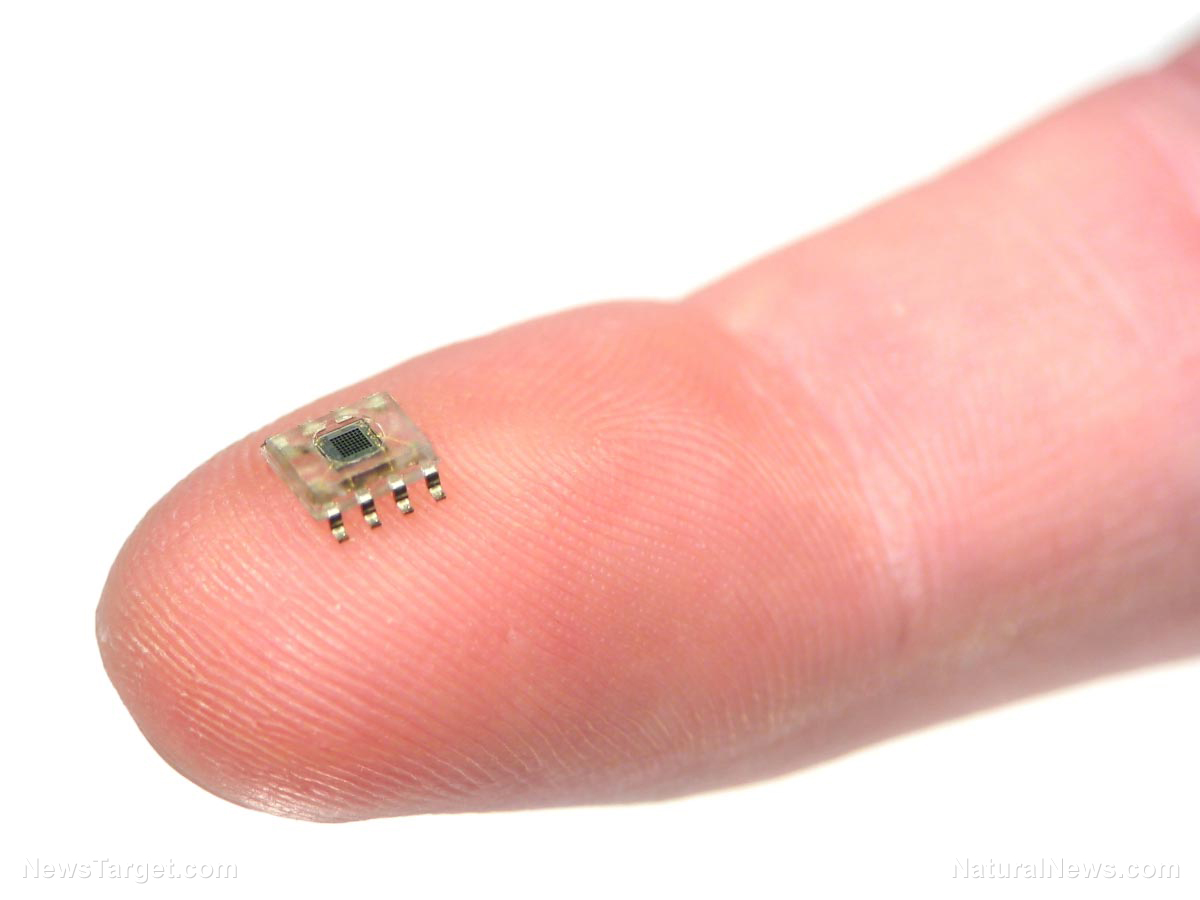FDA approves first gene therapy ointment for “butterfly children” – just another way to ALTER the genes of your kids
05/31/2023 / By Olivia Cook
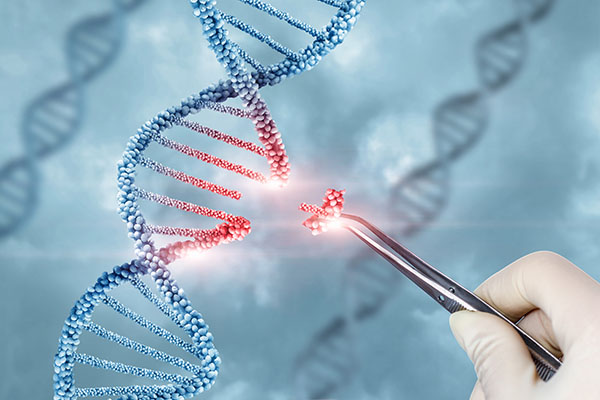
The U.S. Food and Drug Administration recently approved a treatment called Vyjuvek – the first gene therapy for sale that is applied to the outside of a patient’s body.
The treatment, developed by the Pittsburgh startup Krystal Biotech, is approved for treating anyone older than six months with dystrophic epidermolysis bullosa, a rare inherited condition that usually shows up in infants or young children and causes fragile, blistering skin.
People born with this condition are often called “butterfly children” because their skin is as delicate as a butterfly’s wings. It is a condition that affects only about 3,000 people in the United States.
According to healthcare professionals at the Mayo Clinic, the problem with “butterfly children” is that their bodies don’t make the type of collagen that holds their skin’s layers together. The result is chronic, blistering wounds all over the skin, in the throat and sometimes on the eyes in severe cases.
The Vyjuvek treatment introduces a missing gene to skin cells so they can make collagen, and the novel delivery strategy is already being studied to treat other rare skin conditions.
Since 2017, the FDA has approved five other gene therapies for rare inherited diseases and several others for treating blood cancer.
By formulating gene therapy into an ointment that’s rubbed on, Krystal Biotech has achieved what CEO Krish Krishnan called “a simple, convenient, patient-friendly way to provide the missing gene to these patients.”
Gene therapy opens a Pandora’s box
However, many still think that the risks associated with gene therapy far outweigh its benefits.
An article published in the journal Frontier Technology Quarterly indicated that gene editing has opened a Pandora’s box because gene editing is still imprecise and could lead to inadvertent and undesirable changes to a genome.
Gene therapies may be useful now, but there is no guarantee that the future potential of gene therapy can live up to its current potential to treat specific disorders. Manipulating genes could lead to the creation of new disorders.
When humanity has the knowledge to manipulate a genetic profile, the science of eugenics becomes possible. It may create a future where children have their genetic profiles altered in vitro so that a specific result is created. This would create different “standards” in humanity.
Many of the gene therapies that currently exist have proven to be mostly ineffective. Conditions that are treated by gene therapy improve for a short time, then revert to the state they were before treatment began.
Gene therapy may also encourage gene doping. Although gene doping is not known to currently exist, it is a process that could equalize athletics or educational opportunities if equal access to technology is given. If a person succeeds because of gene therapy when they may not have the same levels of success without it is a subject of ethical concern.
Ultimately, gene therapy may provide a false hope. Gene therapies have saved children from leukemia, but it may provide a false hope of survival. There are times when saving someone may create an inferior quality of life. It may be used for selfish reasons of family members, without really considering the well-being of patients.
For more stories about gene therapy, visit GeneticLunacy.com.
Watch this video to learn about the promises and pitfalls of gene therapy for rare diseases.
This video is from the Daily Videos channel on Brighteon.com.
More related stories:
Pork producers have been using mRNA-based GENE THERAPY on animals since 2018.
Biohackers collude with Big Tech to run risky gene therapy trials.
Using nanoparticles, in vivo gene therapy activates brain stem cells [press release].
Sources include:
Submit a correction >>
Tagged Under:
Big Pharma, biotech, Butterfly children, disorders, dystrophic epidermolysis bullosa, FDA, gene therapy, genetic disorders, genetic lunacy, Krystal Biotech, Leber congenital amaurosis, missing genes, pharmaceutical fraud, rare disorders, science deception, science fraud
This article may contain statements that reflect the opinion of the author
RECENT NEWS & ARTICLES
HealthScience.News is a fact-based public education website published by Health Science News Features, LLC.
All content copyright © 2018 by Health Science News Features, LLC.
Contact Us with Tips or Corrections
All trademarks, registered trademarks and servicemarks mentioned on this site are the property of their respective owners.

